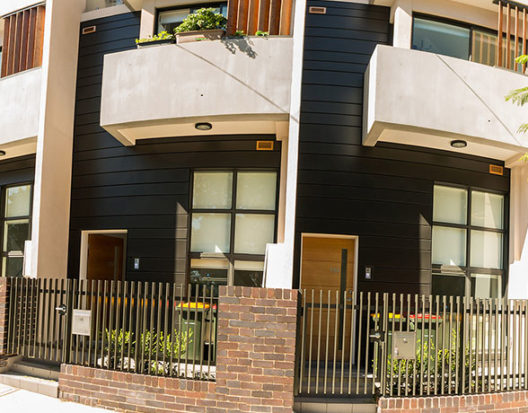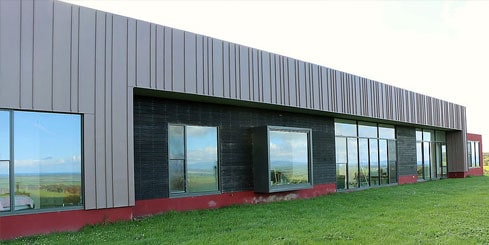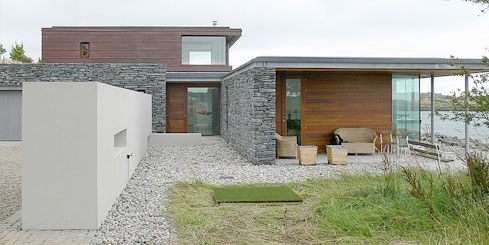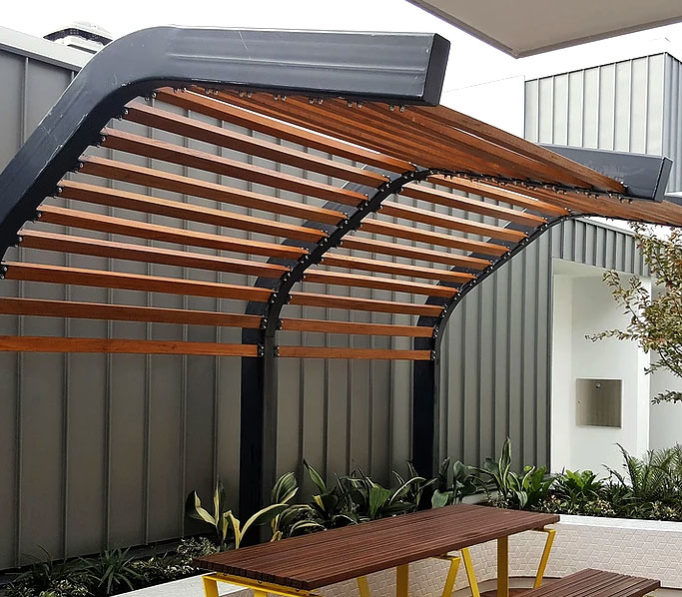Call Now

TopSmith are expert installers of metal wall cladding, fully qualified and accredited in installing high-end zinc and copper wall cladding.
Zinc and copper wall cladding require a high level of expertise to be installed correctly. TopSmith use speciality equipment, designed for efficient, affordable installation of zinc and copper wall cladding in Sydney. So you know we can complete your job on time and according to budget, no matter the scale.
TopSmith’s cladding is available in a range of styles and finishes – just check out our range of completed work in the gallery.

Zinc is a natural element and exists in air, soil, water and the biosphere. It is the primary component in a hot-dip galvanized coating. The silvery, blue-grey vital metal is abundant, essential, and common – and even more importantly infinitely recyclable.
Centuries before zinc was recognised as a distinct element, zinc ores were used for making brass (a mixture of copper and zinc). Zinc was rediscovered by Andreas Marggraf in 1746, Germany.
Zinc is used in the construction industry as an alloy. Typically, architectural grade zinc is 99.995% pure zinc with trace amounts of titanium, to reduce the coefficient of thermal expansion and improve tensile strength and hardness. There are also trace amounts of copper to improve the metals work-ability.
Zinc has several features that make it a valuable asset for architectural cladding and commercial cladding. With a protective patina that provides corrosion resistance and durability, a zinc roof could last up to a century, even in harsher environments. The natural protective patina that zinc possesses also contains self-repairing properties, meaning scratches and other small imperfections on your roof will fix themselves. This allows you to save money on varnishes, protective coatings, and general roofing maintenance.

Copper is also a natural element. It is a soft, malleable and ductile metal with very high thermal and electrical conductivity. Copper is one of the few metals that occurs in nature already in its useable metallic form.
Copper was known in ancient times with first discoveries dating back to 9000 BC. It was the first metal to be smelted from its ore to be cast into a shape using a mold, and purposefully alloyed with another metal.
In the construction industry, copper has earned a respected place. It has been used for centuries, from cathedrals to castles, from homes to offices and in various architectural elements, including roofs, gutters, wall cladding and building expansions joints.
For copper metal-sheeting a minimum 99.9% pure form is used. Classic sheet starts off with a bright and shiny copper surface. After installation, it develops a matt, dark brown surface due to natural weathering and oxidation. During this process before reaching the dark brown colour, a range of brown shades and even purplish hues can develop. A ‘typical copper’ patina green develops over time. This lends the building an unmistakable accent, and the protective nature of the patina layer contributes to the material’s outstanding longevity.

Want to discuss a project or just say hi ?
Topsmith your zinc and copper cladding contractor in Sydney.